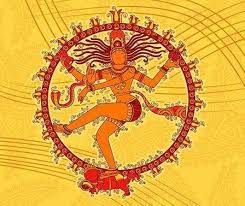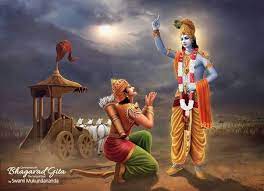
Mystical Insights: Unveiling the Symbolism and Significance of Lord Mahadev
Deep within the heart of Hinduism lies a figure of immense spiritual significance and profound symbolism – Lord Mahadev, also known as Lord Shiva. With his enigmatic demeanor and multifaceted symbolism, Lord Shiva has captured the hearts and minds of countless devotees, scholars, and seekers of spiritual truth. In this blog, we embark on a journey to explore the mystical insights behind Lord Mahadev, unraveling the layers of his symbolism and understanding the profound significance he holds in the tapestry of Hindu spirituality.
The Dance of Creation and Destruction

One of the most captivating aspects of Lord Mahadev is his cosmic dance, the Tandava. This dance embodies the eternal cycle of creation, preservation, and destruction that governs the universe. Through the rhythmic movements of the Tandava, Lord Shiva showcases his role as both the creator and destroyer of worlds. This symbolism reminds us of the impermanence of all things and the need to embrace change as an essential part of existence.
The Third Eye: Inner Perception

Another iconic feature of Lord Mahadev is his third eye, often depicted on his forehead. This third eye represents his ability to see beyond the illusions of the material world, into the realm of higher consciousness and divine truth. It's a potent symbol of inner perception, reminding us to cultivate a deeper understanding of ourselves and the world around us.
Nataraja: The Cosmic Dancer

The image of Lord Nataraja, where he is portrayed dancing within a ring of fire, encapsulates the duality of existence. The fire symbolizes destruction, while the dance represents creation. This dance within the circle illustrates the cyclical nature of time and existence. The Nataraja form of Lord Shiva teaches us to find harmony in the midst of chaos and to appreciate the interconnectedness of all things.
Ardhanarishvara: Union of Opposites

In the Ardhanarishvara form, Lord Shiva is depicted as half-male and half-female, split down the middle. This form signifies the integration of masculine and feminine energies within each individual, emphasizing the idea that both aspects coexist and complement each other. It's a reminder that true balance and spiritual growth come from embracing the full spectrum of our being.
Renunciation and Asceticism
Lord Mahadev is often portrayed as an ascetic, adorned with minimal clothing and ash smeared on his body. His choice to live in austere conditions symbolizes his detachment from material possessions and his dedication to spiritual pursuits. This portrayal serves as an inspiration for seekers to detach from the transient nature of the world and focus on the journey within.
Conclusion
The symbolism and significance of Lord Mahadev extend far beyond what words can fully encapsulate. He represents the eternal dance of life, the interplay of opposites, the wisdom of inner perception, and the path of renunciation. Lord Shiva's multifaceted nature serves as a mirror through which we can reflect on our own lives, inviting us to explore our own inner depths and strive for spiritual growth. As we delve into the mystical insights behind Lord Mahadev, we gain not only a deeper understanding of Hindu spirituality but also timeless wisdom that transcends boundaries and speaks to the essence of human existence.

